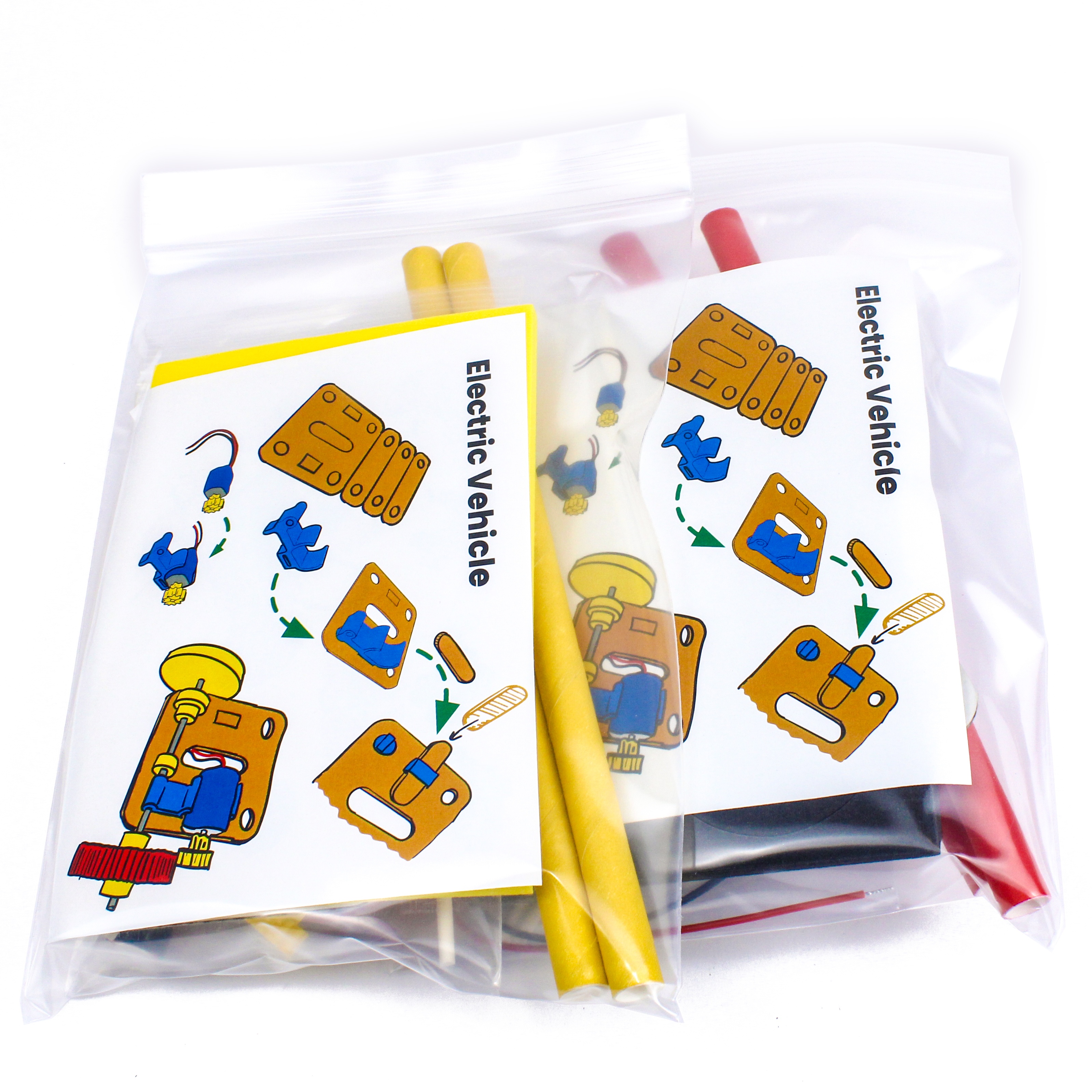Log in for educator slides and coaching guides.
Log InElectric Vehicles
Like this product? Add it to your favorites list
(accessible from your profile page)
(accessible from your profile page)
Build an electric car that can zip and zoom! Assemble axles and bearings on an adjustable platform, using unique connectors and lightweight materials. Then, race! Develop perseverance and adaptability through iterative testing and adjustments.
Suggested Grade Levels
2 - 8
You Provide:
Everything's in the Spark!
Suggested Activity Station Time
15 min
Recommended Classroom Learning Time
40 min
Here's everything you'll need to coach with confidence!
Coaching Guide
Resources
Standards Alignment
Features
Modular, reusable and open-ended components can be rebuilt in many ways Emphasis on circuits, mechanical vibration and iterative design Made-to-keep project that learners can take home
CASEL Skills
Math Common State Standards
- Use addition and subtraction within 100 to solve one- and two-step word problems involving situations of adding to, taking from, putting together, taking apart, and comparing, with unknowns in all positions, e.g., by using drawings and equations with a symbol for the unknown number to represent the problem.
- Partition circles and rectangles into two, three, or four equal shares, describe the shares using the words halves, thirds, half of, a third of, etc., and describe the whole as two halves, three thirds, four fourths. Recognize that equal shares of identical wholes need not have the same shape.
- Understand that shapes in different categories (e.g., rhombuses, rectangles, and others) may share attributes (e.g., having four sides), and that the shared attributes can define a larger category (e.g., quadrilaterals). Recognize rhombuses, rectangles, and squares as examples of quadrilaterals, and draw examples of quadrilaterals that do not belong to any of these subcategories.
- Draw points, lines, line segments, rays, angles (right, acute, obtuse), and perpendicular and parallel lines. Identify these in two-dimensional figures
- Classify two-dimensional figures in a hierarchy based on properties.
NGSS Standards
2-PS1-3
3-PS2-1
3-5-ETS1-3
4-PS3-2
K-2-ETS1-1
ELA Common State Standards
- Explain how specific images (e.g., a diagram showing how a machine works) contribute to and clarify a text
- Recount or describe key ideas or details from a text read aloud or information presented orally or through other media.
- Use information gained from illustrations (e.g., maps, photographs) and the words in a text to demonstrate understanding of the text (e.g., where, when, why, and how key events occur).
- Engage effectively in a range of collaborative discussions (one-on-one, in groups, and teacher- led) with diverse partners on grade 3 topics and texts, building on others’ ideas and expressing their own clearly
- Interpret information presented visually, orally, or quantitatively (e.g., in charts, graphs, diagrams, time lines, animations, or interactive elements on Web pages) and explain how the information contributes to an understanding of the text in which it appears.
- Use context to confirm or self-correct word recognition and understanding, rereading as necessary.
- Review the key ideas expressed and draw conclusions in light of information and knowledge gained from the discussions.
- Quote accurately from a text when explaining what the text says explicitly and when drawing inferences from the text

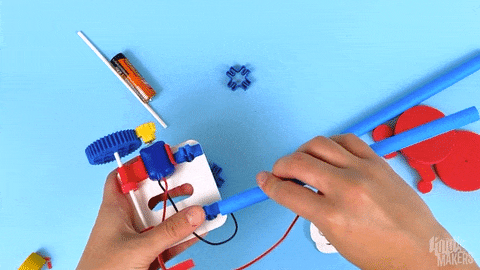














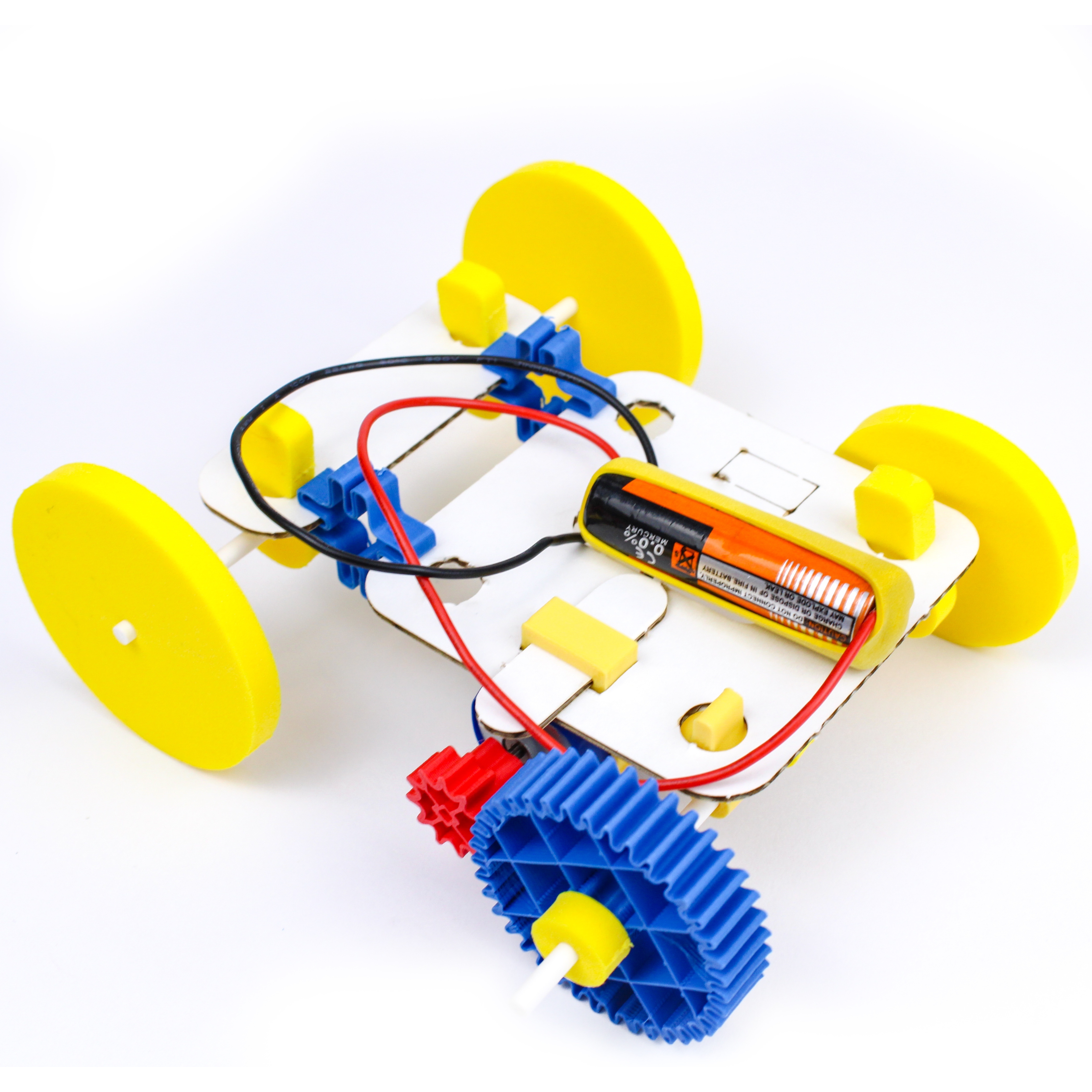
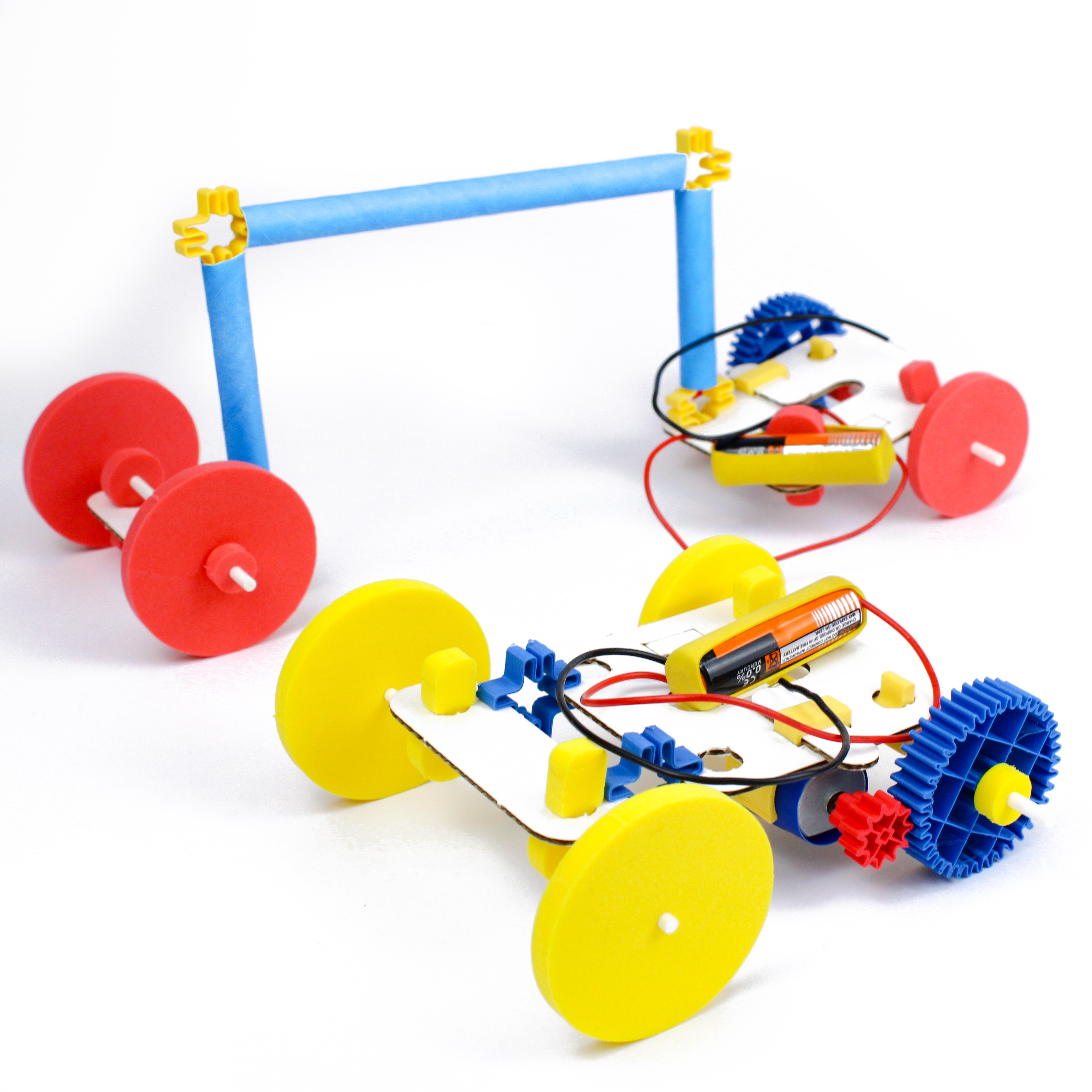
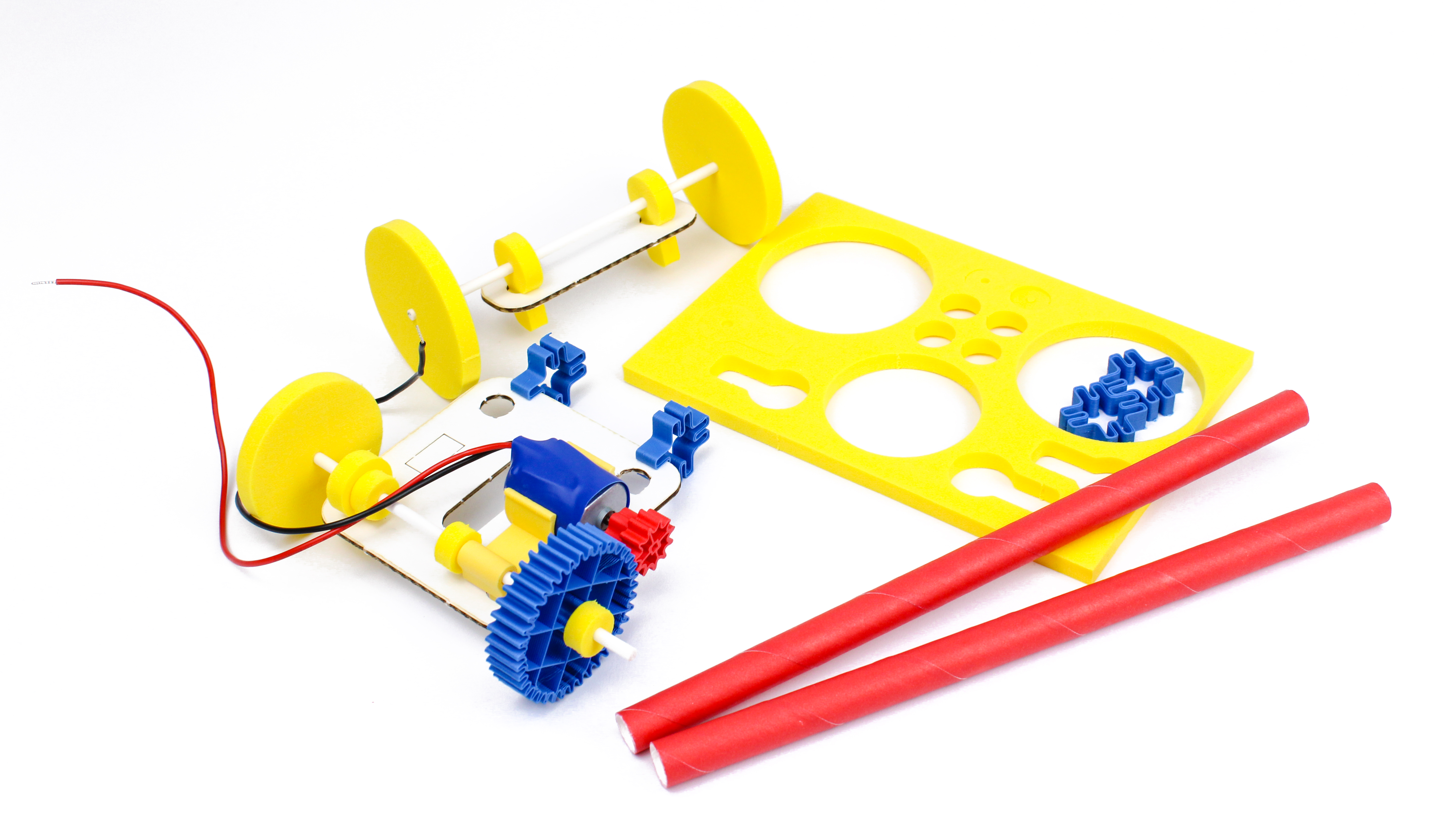
.jpg)
.jpg)
